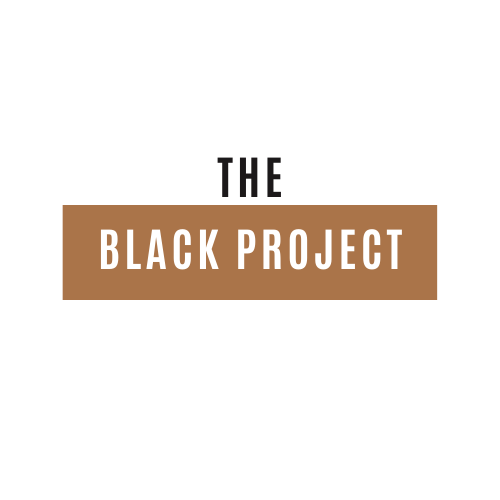Theatre Review: An Enemy of The People, Duke of York’s Theatre - eerily familiar, and relevant today.
Matt Smith as Dr Thomas Stockmann in An Enemy of the People. Image credit: Manuel Harlan.
⭑⭑⭑
The most dangerous enemy of the truth and freedom amongst us is the compact majority.
Power and public opinion, individualism versus authority, the class system, truth and the media, women; family and duty, are some of the key themes present in Thomas Ostermeier's modernist revival of the late playwright, Henrik Ibsen's original 1882 work.
Ostermeier tells the story of Dr. Thomas Stockmann (Matt Smith), who discovers the water in the public baths is contaminated. When he attempts to publicise his findings he is met with resistance and hostility from the townspeople, especially those in positions of power. For instance, the town Mayor (Paul Hilton) who also happens to be Stockmann's elder brother, and Aslaksen (Priyanga Burford) the head of the local newspaper, who are more concerned with protecting their economic interests than the health and safety of the community they claim to serve. At its core, the play is a critique of society's tendency to suppress inconvenient truths and an exploration of an individual's struggle against the ruling elite and their propensity for corruption. Ostermeier honours Ibsen's focus on the conflict between the truth of the few and the will of the many and/or majority. Ibsen believed the individual to more often be right than the majority with it's vested interests often leading to corruption.
It is striking how eerily familiar and relevant the themes are for a play of its vintage. One cannot help but reflect on the parallels between Ibsen's key message of the lone wolf raging against the corrupt machine and recent world events. For instance, the treatment of Alexei Navalny and his loved ones at the hands of an unscrupulous and heinously corrupt regime. Ostermeier sustains this relevancy by incorporating contemporary examples into the script. For instance, there is at least one mention of the recent Post Office scandal which has flooded news desks across the country.
The staging is interesting, at the very beginning of the play a thin gauze obscures the characters profiles slightly before gradually lifting. Might this symbolise the lifting of the hypothetical veil, to reveal a truth that was once hidden or continues to be kept a secret. The set is made up of opaque black walls littered with revolutionary type phrases and propaganda. One memorable slogan reads "if you run into the Buddha on the street, kill him". These same walls are quite literally 'white-washed' by members of the cast in the moments leading up to the village town-hall, reflecting the desire of the ruling elites to create and drive the narrative.The lighting is fairly dim to begin with but becomes harsher and more clinical the more deeply embroiled Stockmann becomes with the local town's elite and his quest to expose the truth.
The second act signals a change of tone and tempo as Smith gives the instruction to 'turn up the house-lights', whilst still in character. The audience is now a part of the play, one of the townsfolk invited to participate and react to Stockmann's impassioned speech about the state of society and the 'swamp' that is our/their politics. The audience are invited to probe and to ask questions which they do, in abundance. The audience participation is risky but works well to further engagement. Timing, however, is important, if the questions go on for too long the suspension of disbelief needed for the play to sustain its momentum and it's truth wane slightly and it risks becoming gimmicky.
David Bowie's 'changes' is played several times and often to obfuscate a heated argument or debate. This again appears to symbolise the attempts of those in positions of authority to drown out opposing voices. There are numerous interruptions throughout the play, some obvious, some more subtle which appear to signify the rebellious spirit of Stockmann and his own constant rage against the machine.
Smith turns in a solid performance and the highlight is almost certainly his impassioned speech at the local town-hall, where he lambasts the toxicity of modern society, including social media, and the perils of ignorance and apathy towards authoritarianism. The speech is thought-provoking but perhaps not as soul-stirring as the script or Director intended. Another notable performer, who at times upstages Smith is Hilton, who makes for a great antagonist and plays the contemptuous politician well. Some of it doesn't work however, Nigel Lindsay's Kiil is rather flatly drawn and we never learn the significance of the Alsation he struts around with. The dog is beautifully obedient and whilst every appearance is lapped up by the audience, the reason for it being there is slightly puzzling. Likewise, we never learn the outcome of Katarina Stockmann's (Jesssica Brown Findlays) dalliance with Hovstad (Shubham Saraf). Smith recently weighed in on a theatre trigger warning (the non-medical kind) debate and lamented ''That's why we go to the theatre isn't it? To be shocked, to be arrested out of ourselves in front and with an audience''. Whilst this play unquestionably has a lot to say about the state of human nature and of today's society and whilst it covers some really interesting themes, it sometimes lacks that added oomph and shock to which Smith refers in order to arrest it's audience and fully immerse them in the state of play.
At the Duke of York's theatre until 6 April. Tickets available here.


